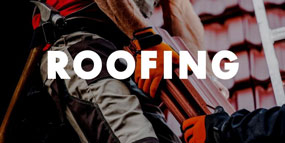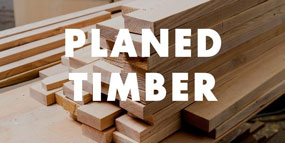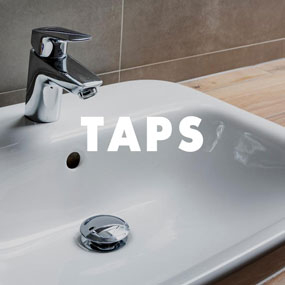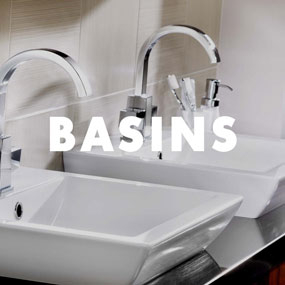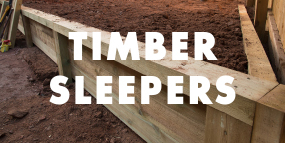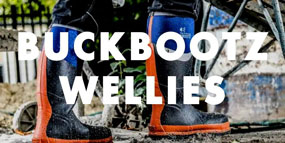With thousands of homeowners across the country feeling both the pinch and the cold, we are all trying to find new ways to keep warm and reduce costs. So, should you be increasing your loft insulation?
According to Which, loft insulation could reduce energy bills by over £300 a year, depending on the size and age of home. If your home has no loft insulation a quarter of the heat could be lost through the roof but even with some existing insulation, adding more can save you money over the long term.
We recommend checking your current insulation – 270mm thick is ideal. If there isn’t any currently then it is definitely worth adding some. If you have less than 270mm then there will still be a benefit from topping it up. An accessible loft with no damp can be easily insulated with rolls. However, if the home has a loft conversion, the roof itself would need insulating.
Loft insulation (0mm-270mm)
| Type of house | Savings per year | CO2 savings per year |
| Detached house (four bedrooms) | £215 | 950 kg |
| Semi-detached house (three bedrooms) | £130 | 560kg |
| Mid-terrace house (three bedrooms) | £115 | 500 kg |
| Detached bungalow (two bedrooms) | £185 | 820 kg |
Loft insulation (120mm-270mm)
| Type of house | Savings per year | CO2 savings per year |
| Detached house (four bedrooms) | £20 | 90 kg |
| Semi-detached house (three bedrooms) | £10 | 50kg |
| Mid-terrace house (three bedrooms) | £10 | 50 kg |
| Detached bungalow (two bedrooms) | £15 | 70 kg |
Table notes: estimates based on a typical gas-heated home in England, Scotland and Wales. All data obtained from the Energy Savings Trust (EST).
A high-quality loft roll made of glass mineral wool can be bought in various thicknesses with perforations to adapt to different widths between your joists. The strong, resilient and flexible rolls are lightweight and non-combustible. Each roll will include a m2 coverage. To calculate how many rolls of insulation you need, work out the size of the area in m2. You can deduct 10% to account for your ceiling joists.
Insulate between joists of the home to maximise heat retention and then you will likely need to add insulation over the floor joists to meet the 270mm recommendation. If your loft is or will be boarded you can do this several ways.
- Board over the joists and add loft roll over the boards.
- Lay rigid insulation boards on top of the joists and board on top of that.
- Raise the level of the floor so you can fit enough mineral wool beneath the new floor level.
Top Tip: Don’t be tempted to squash the mineral wool between the joists when you fit boards on top, as this will reduce its insulation value.

To insulate the roof in your loft space between the rafters you can use sheet insulation or reflective foil insulation. Board insulation is easy to cut and handle and fits neatly in between rafters. Foil insulation can be cut to length and stapled in place. Joins can be taped to ensure no spaces for heat to escape. You can add battens to keep everything in place.
It is important to then consider any pipes and water tanks in the roof space which could be at risk of freezing, so the best practice, according to the Energy Savings Trust, is to insulate these as well as the loft space. Whilst carrying out the insulation process, it also makes sense to insulate the loft hatch, to reduce cold drafts making their way into the home from the loft.
To save money you can insulate your loft yourself but take care to follow the product installation instructions and take the appropriate safety measure. Providing you have easy access to your loft, and it doesn’t have damp or condensation issues you will need to wear safety goggles, a mask and gloves as well as a crawl board to manoeuvre yourself across floor joists. In cases where there are damp problems or access issues, we recommend you use a professional installer.
When installed correctly, insulation in the loft should in its 40-year lifetime, pay for itself multiple times.

